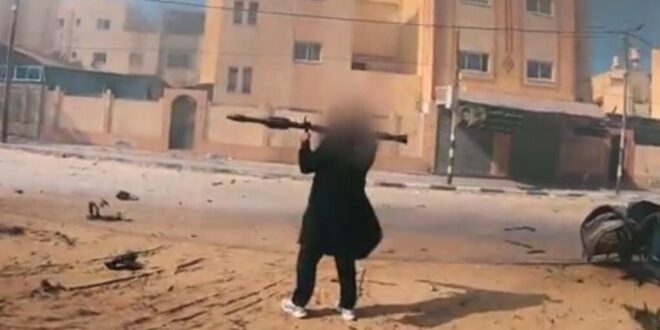More than a million Palestinians are trapped in the southern border town of Rafah in the Gaza Strip and its surroundings, waiting for Israel to complete its evacuation plan and launch a ground offensive against Hamas fighters in the city, Reuters reported on February 10th.
Humanitarian agencies have warned of a high number of potential civilian casualties in the Israeli offensive, while the United Nations Relief and Works Agency for Palestine Refugees (UNRWA) stated that it does not know how long it can continue to operate “in such a high-risk operation.“
“There is a sense of growing anxiety, growing panic in Rafah. People have no idea where to go,” said Philippe Lazzarini, head of the UNRWA agency.
Israeli Prime Minister Benjamin Netanyahu’s office announced on February 9th that the military had been ordered to develop a plan “for the evacuation of the population and the destruction” of four Hamas battalions, which Israel claims are deployed in Rafah.
The statement says that Israel “cannot achieve its goal of eliminating Islamist militants who rule Gaza as long as those units remain.”
The statement was issued two days after Netanyahu rejected Hamas’s ceasefire proposal, without providing further details. Hamas’s proposal, designated as a terrorist organization by the European Union and the United States, included the release of hostages held by Hamas since October 7th.
Washington, Israel’s largest ally, has stated that it will not support an attack that does not protect civilians, and has informed Israel about a new U.S. National Security Memorandum reminding countries receiving U.S. weapons to adhere to international law, Reuters reports.
“There are no new standards in this memorandum. We are not imposing new standards for military aid,” White House Press Secretary Karine Jean-Pierre told reporters.
“They (Israelis) have reiterated their willingness to provide this kind of guarantee,” she said.
Israel claims to be taking steps to avoid civilian casualties and accuses Hamas militants of hiding among civilians, including in schools and hospitals, leading to more deaths among the civilian population. Hamas has denied this.
According to data provided by the United Nations Relief and Works Agency for Palestine Refugees (UNRWA), more than half of Gaza’s 2.3 million residents have been pushed into the city of Rafah on the border with Egypt and surrounding areas. A quarter of Gaza’s population is starving, and 85 percent of the population has had to leave their homes, while hundreds of thousands of people live in tent camps.
 Eurasia Press & News
Eurasia Press & News




